Lessons Learned From West Nile Virus
April 30, 2020 Comments Off on Lessons Learned From West Nile Virus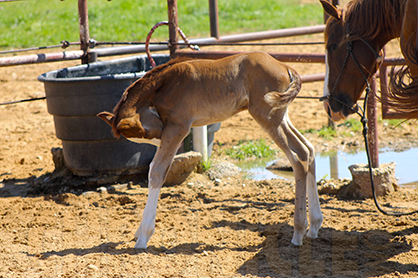
In light of the current pandemic, it’s helpful to go back a bit and examine how West Nile virus (WNV) came into this country and how it behaved. Although the method of transmission is totally different to the current corona virus, we can learn lessons from it.
Continue reading …FDA Approves Detomidine Hydrochloride Injectable For Horses
April 29, 2020 Comments Off on FDA Approves Detomidine Hydrochloride Injectable For Horses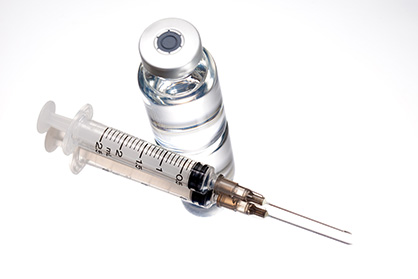
Generic detomidine hydrochloride is indicated for use as a sedative and analgesic (pain reliever) to facilitate minor surgical and diagnostic procedures in mature horses and yearlings (adolescent horses) and is an important tool in enabling these animals to receive treatment while managing pain during minor surgical procedures, such as repairing skin lacerations.
Continue reading …Charity Accepting Contributions to Help Horses Impacted by COVID-19 With Feed and Vet Care
April 28, 2020 Comments Off on Charity Accepting Contributions to Help Horses Impacted by COVID-19 With Feed and Vet Care
Feed assistance funds will be distributed through a new, temporary disaster relief effort called “Feed for Horses.” The Foundation will work with recognized equine nonprofit organizations with whom it has established relationships to provide feed assistance.
Continue reading …Horse Returns to Training After 2 Colic Surgeries and Removal of 15 Feet of Intestine
April 28, 2020 Comments Off on Horse Returns to Training After 2 Colic Surgeries and Removal of 15 Feet of Intestine
Aguado gave Monty a dose of flunixin, a drug commonly used on horses to relieve pain associated with colic. The drug did not seem to have any effect, and Monty’s condition was not improving. Having never experienced colic with her horses, Aguado called Monty’s veterinarian and his trainer. Due to the late hour, they suggested getting him to the UC Davis veterinary hospital immediately, as its Large Animal Clinic’s 24/7 emergency service was the only place that could help him.
Continue reading …COVID-19 Schooling Survival Guide- Showmanship
April 28, 2020 Comments Off on COVID-19 Schooling Survival Guide- Showmanship
Breaking to a walk from an extended trot, without stopping, is tough enough as it is, but this transition is made even more challenging, because it occurs on a left bending arc. “Think about how this transition it tougher because the break to the walk is on a left bending arc. The horse has to increase his step to follow you around the arc on the outside.”
Continue reading …Equine Therapy Helps Dementia Patients
April 27, 2020 Comments Off on Equine Therapy Helps Dementia Patients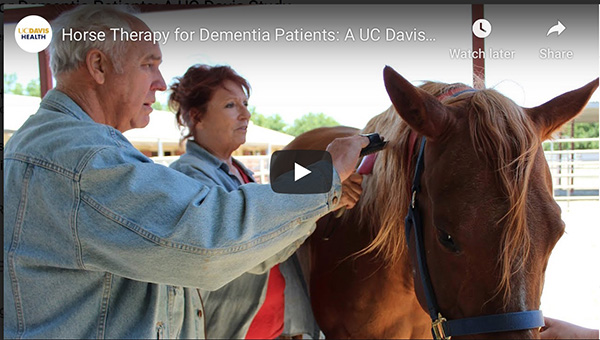
For Carolyn Leigh, it reconnected her with her husband, John, whose progressive dementia had begun to unravel their relationship. For Richard Allen Driver, diagnosed with mild cognitive impairment, it reawakened a childhood memory and gave him hope. And for Paula Calvert and her father, dementia patient John Irwin, it was just what the doctor ordered.
Continue reading …Horse Transportation Considered Essential
April 26, 2020 Comments Off on Horse Transportation Considered Essential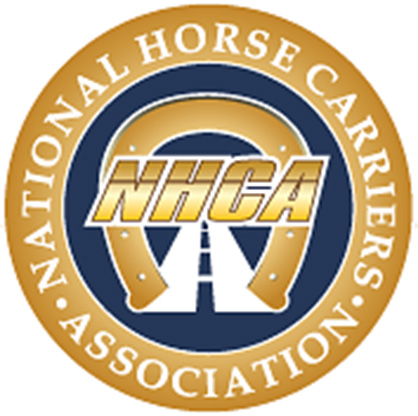
As the COVID-19 pandemic continues to affect the entire United States, the Department of Homeland Security (DHS) continues to recognize agriculture as a critical industry, and the movement of live animals is essential and therefore permitted.
Continue reading …Equine Asthma: New Term for Old Problem
April 25, 2020 Comments Off on Equine Asthma: New Term for Old Problem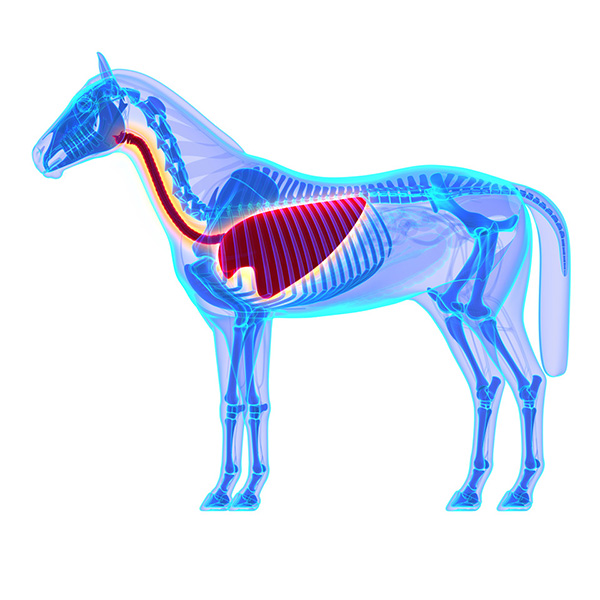
In some highly susceptible horses, inhalation of even small amounts of dust in the barn environment or airborne allergens (e.g. pollen, molds) at pasture can cause severe inflammation and difficulty breathing due to the accumulation of mucus and narrowing of the airways. There is no known cure for these ‘severely asthmatic’ horses, and they require special management for the duration of their life span.
Continue reading …How to Cope With Uncertainty and Cancelled Horse Shows
April 23, 2020 Comments Off on How to Cope With Uncertainty and Cancelled Horse Shows
Worrying if the event you’ve been training for will be cancelled is a normal response. It doesn’t mean that you don’t recognize the seriousness of the situation or respect that health care officials are trying to keep us safe. It just means that you’ve put in many hours of hard work and dedication, and financial resources, into pursuing a goal, and you feel disappointed. It means you care.
Continue reading …COVID-19 Equine Resources Platform
April 22, 2020 Comments Off on COVID-19 Equine Resources Platform
The Equine Science Center at Rutgers has created a helpful resource list for COVID-19 equine related items. There is a Jobs and Hiring Portal, Frequently Asked Questions about the Emergency CARES program, worker benefits and protection, small business emergency assistance, preventing spread of COVID-19 in equestrian facilities, financial assistance options, and more. Click here to […]
Continue reading …







